
Vulcan physiology has been baked into Star Trek since its inception. Gene Roddenberry insisted on including an alien among the crew in order to better explore the idea of strength in diversity. The result was Mr. Spock, who survived countless rewrites and two pilots to become one of the series’ leads. Much was made in the early episodes of the physical differences between Vulcans and humans, to the point where Dr. McCoy commented on how little he understood about Spock’s body. That helped highlight his differences from the rest of the crew, whose fear and distrust of him fed the drama in several early episodes.
As with so much of early Star Trek, those details -- created simply to fill an hour of reasonably smart entertainment -- eventually became canon. Today, fans know a surprising amount about Vulcan physiology, so let's go over some of the key differences between them and humanity.
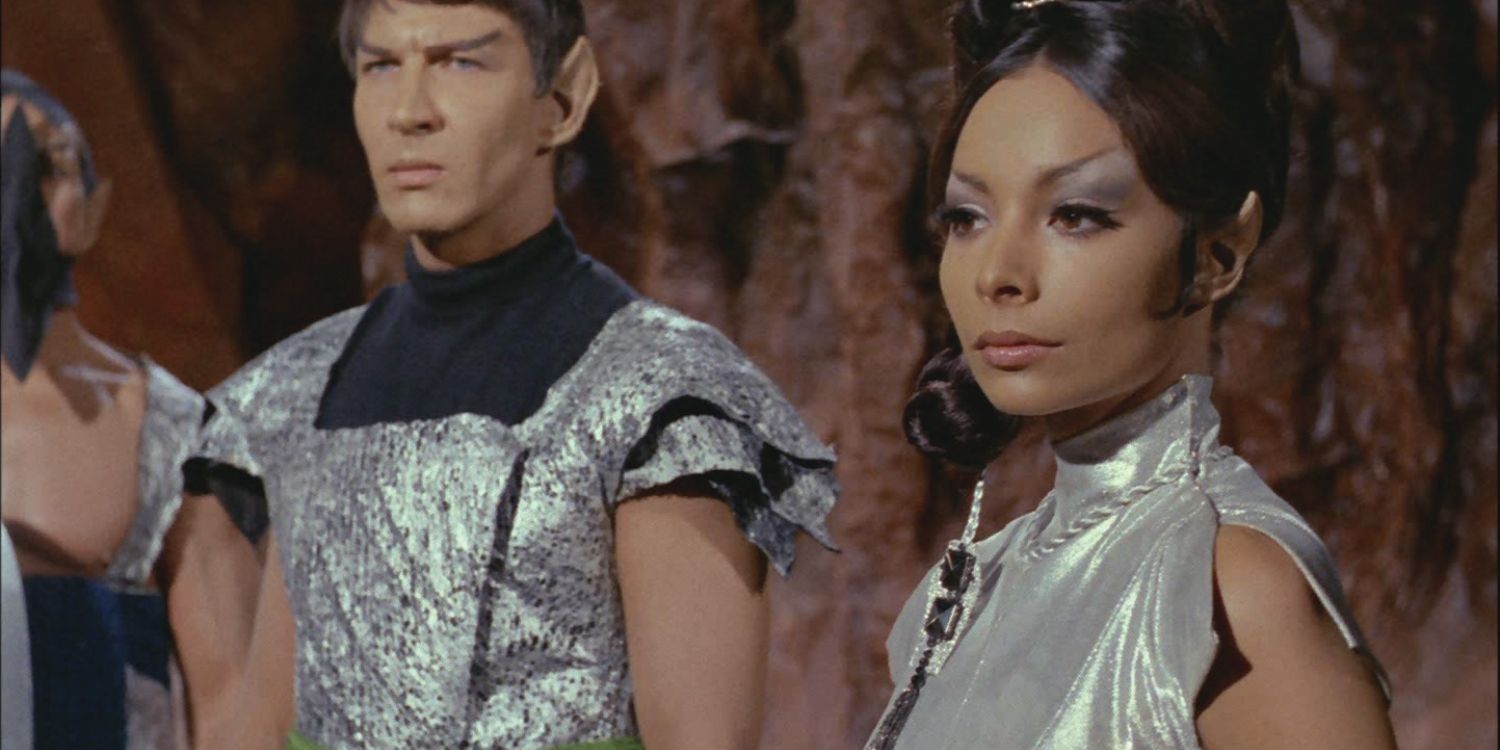
Roddenberry intended to invoke a devilish or infernal look with Mr. Spock, something to suggest fear and mistrust, in contrast to the peaceful scientist he truly was. The points and sharp eyebrows of Vulancs were designed with that in mind, and their ears became a signature part of the species. Canonically, Vulcans possess superior hearing to humans, which was spelled out in The Original Series, Season 2, Episode 22, “Return to Tomorrow.” Like much of their physiology, it’s explained by the fact that Vulcan is a far less hospitable world than Earth. While that wouldn’t necessarily explain why the ears are pointed, it does make for a strong visual cue.
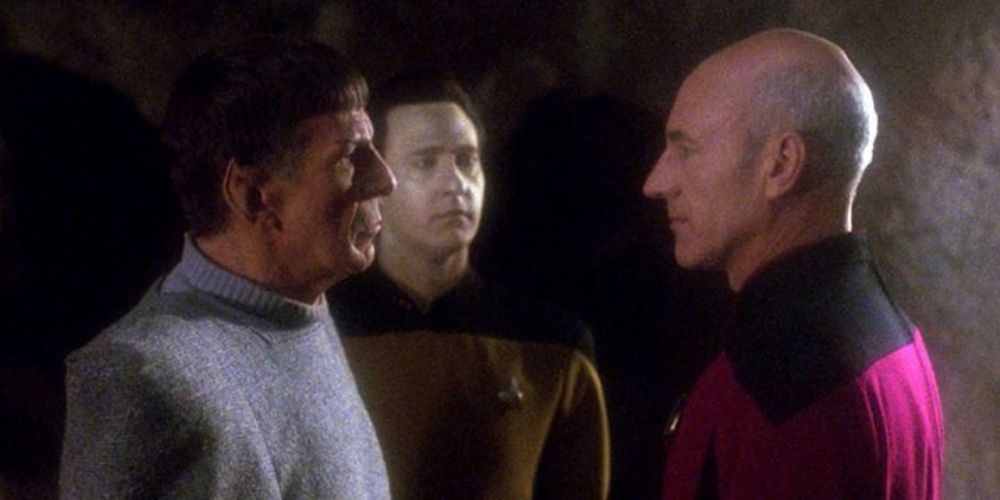
Vulcan brains are more advanced than humans in many ways, capable of telepathy and emotional merging via their mind meld ability. They use that capacity to perform great psychokinetic feats in certain cases, such as telepathy across long distances and importing their soul into another. In addition, Vulcan minds can assert direct control over other bodily functions. That includes an ability to enter a trance-like state to heal themselves from injuries and a “psycho-suppression” system that controls their emotions. It’s inferred that Vulcans are smarter than humans in general and that their suppression of emotional response allows them to focus more on their intellectual development.
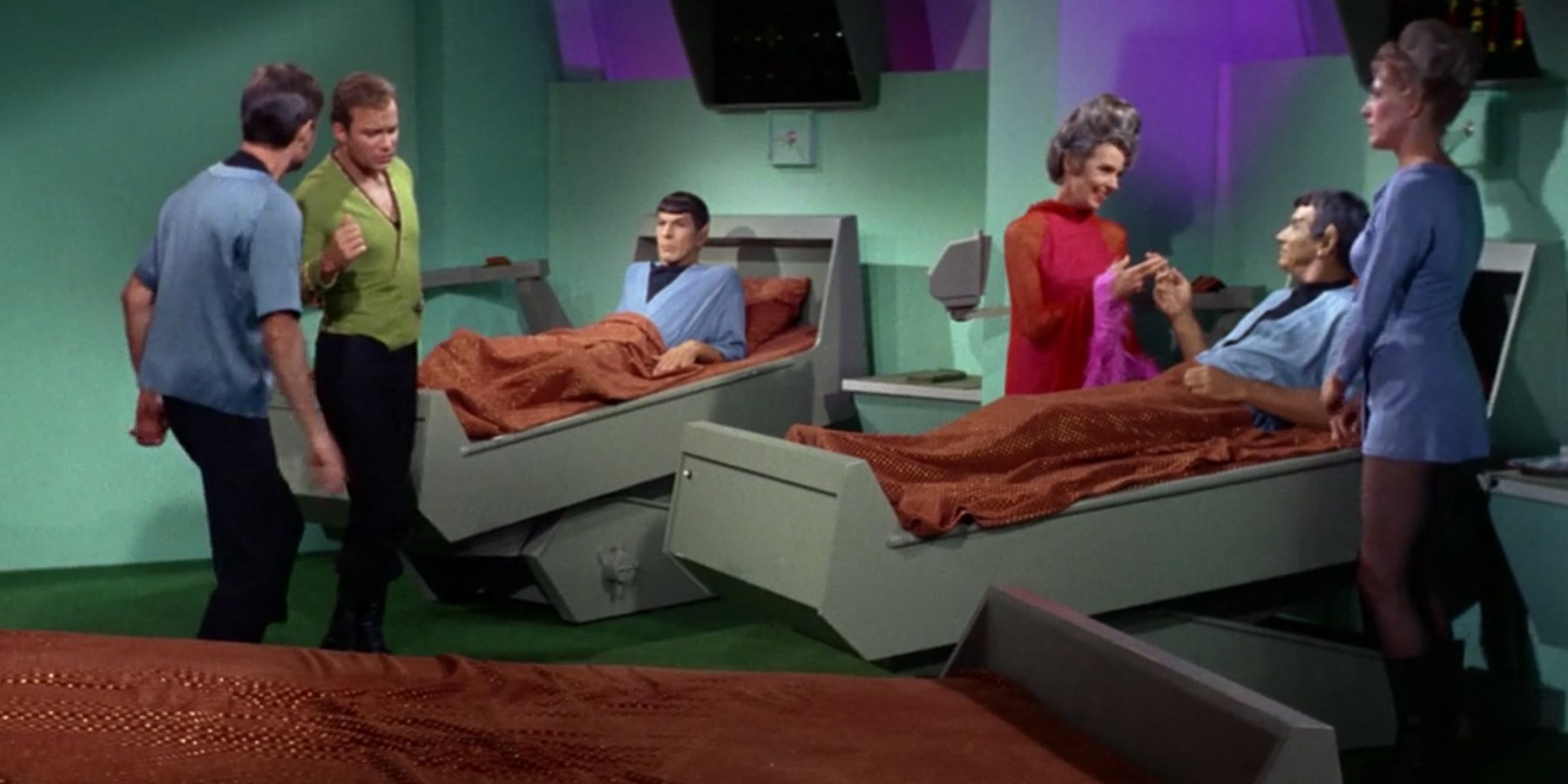
Vulcans’ internal biology bears little resemblance to human beings, though details remain imprecise. Many of the in-canon descriptors applied specifically to Spock, who was half-human and whose physiology likely diverged from the Vulcan norm quite a bit. His heart lies in the lower portion of his abdomen and beats hundreds of times per minute, and his blood pressure is unusually low as a result. Vulcans also lack an appendix, and their digestive system was quite versatile, able to extract nutrition from an array of alien foods.

While human blood is iron-based, Vulcan blood is copper-based, which gives them a greenish complexion and their blood a green color. Furthermore, according to The Original Series, Season 1, Episode 5, “The Man Trap,” Vulcans have very little sodium chloride in their bodies, which kept Spock safe from the episode’s salt vampire. In Captain’s Logs: The Unauthorized Complete Trek Voyages, series director Marc Daniels reveals that he pushed for the concept, even though Roddenberry didn’t care for it. Daniels felt that green blood would explain Spock’s alien complexion, and he stuck by the idea until Roddenberry relented.
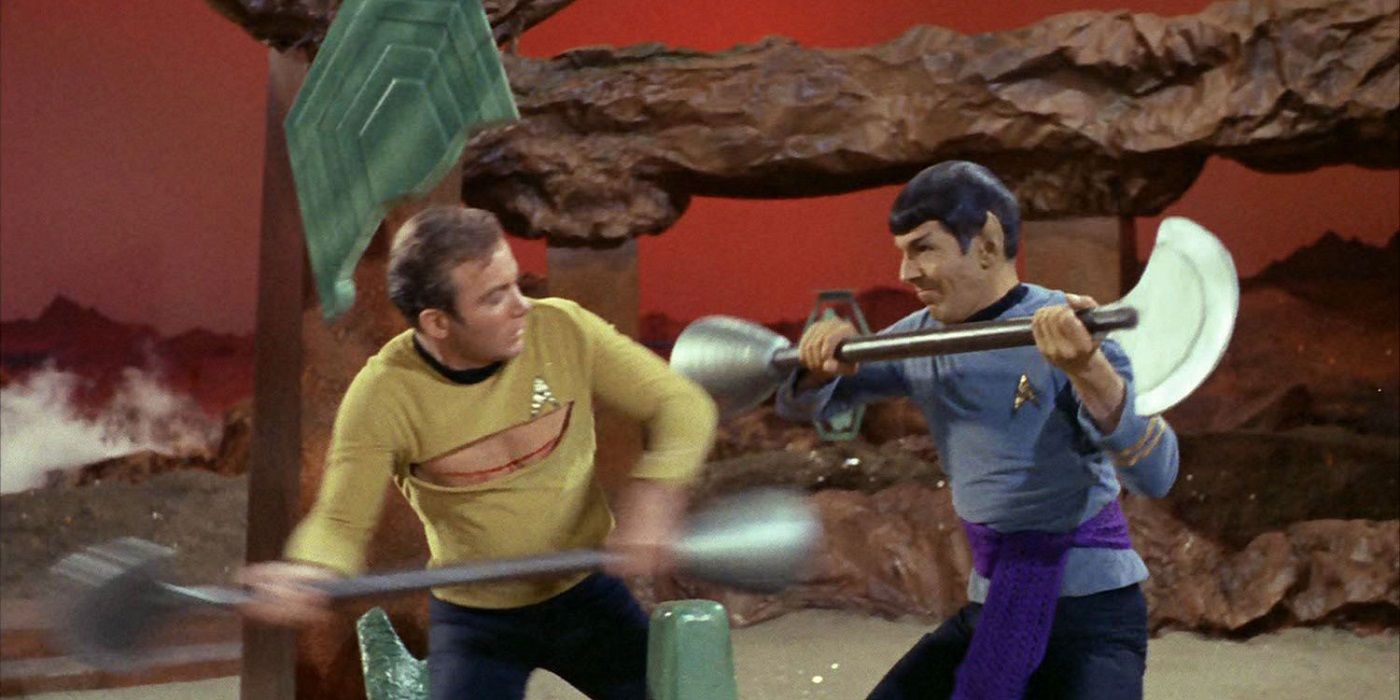
The planet Vulcan is described and harsh and inhospitable, with a thin atmosphere, desert environments and a great deal of surface heat. Therefore, Vulcan physiology is much stronger than humans, making them capable of great feats of physical aptitude, including the Vulcan nerve pinch. Vulcan lungs are also accustomed to pulling oxygen out of their planet’s thin atmosphere, giving them enhanced endurance. They do, however, suffer from a fair share of diseases, most notably Bendii Syndrome, which afflicted Sarek in the last years of his life.

Vulcan mating cycles occur roughly every seven years and cause immense physical and emotional distress. A Vulcan who experiences pon farr often loses control of their raging physical desires, and if their needs are not satisfied, they can die. Spock experienced pon farr in The Original Series, Season 2, Episode 5, “Amok Time." While that episode stated Spock had to return home to handle it, subsequent depictions suggest that a Vulcan doesn’t need to return to its homeworld to mitigate the physical risks. Star Trek: Voyager, Season 3, Episode 13, “Blood Fever,” for instance, suggests that both holodeck simulations and officiated combat might potentially relieve the symptoms of the condition.

Vulcans can live much longer than human beings, with a stated lifespan of at least two centuries. This is in keeping with their other physical abilities, acting as an extension of the way their bodies make efficient use of nutrients and don’t suffer the effects of wear and tear as much as humans do. The number 200 arose for out-of-universe reasons, as it gave Vulcans a longer lifespan, which allowed characters like Sarek and Spock to make the 100-year leap from the end of The Original Series to the beginning of The Next Generation.
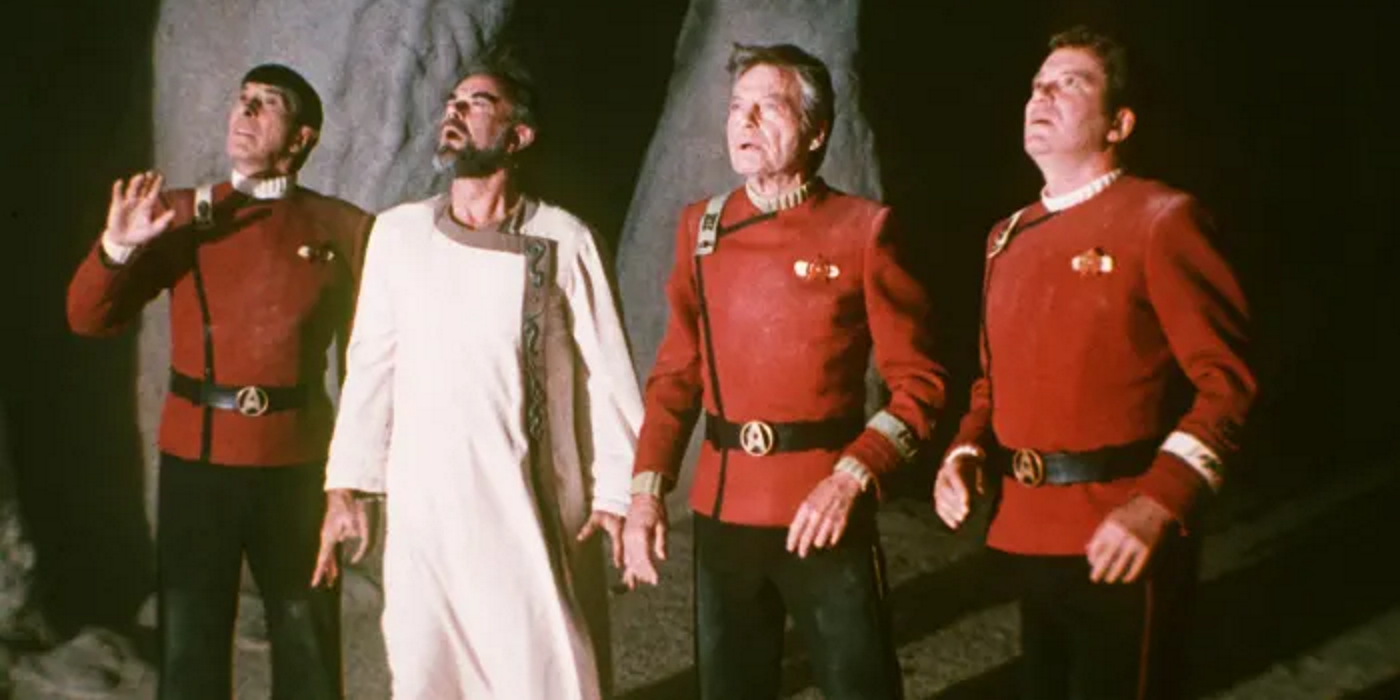
Another evolutionary feature of Vulcans’ desert environment was the development of nictitating inner eyelids to protect from the harshness of Vulcan’s sun, as well as sudden bursts of intense light. The trait first appeared in The Original Series, Season 1, Episode 29, “Operation Annihilate!” and allowed Spock to regain his vision after destroying the episode’s alien threat. The script described it as an incidental trait that Vulcans think about as often as humans think about their appendix. Decades later, Vulcans' inner eyelids would be mentioned in several episodes of Star Trek: Enterprise.
KEEP READING: Star Trek: How the Federation's Most DANGEROUS Enemy Eventually Joined It
0 Comments